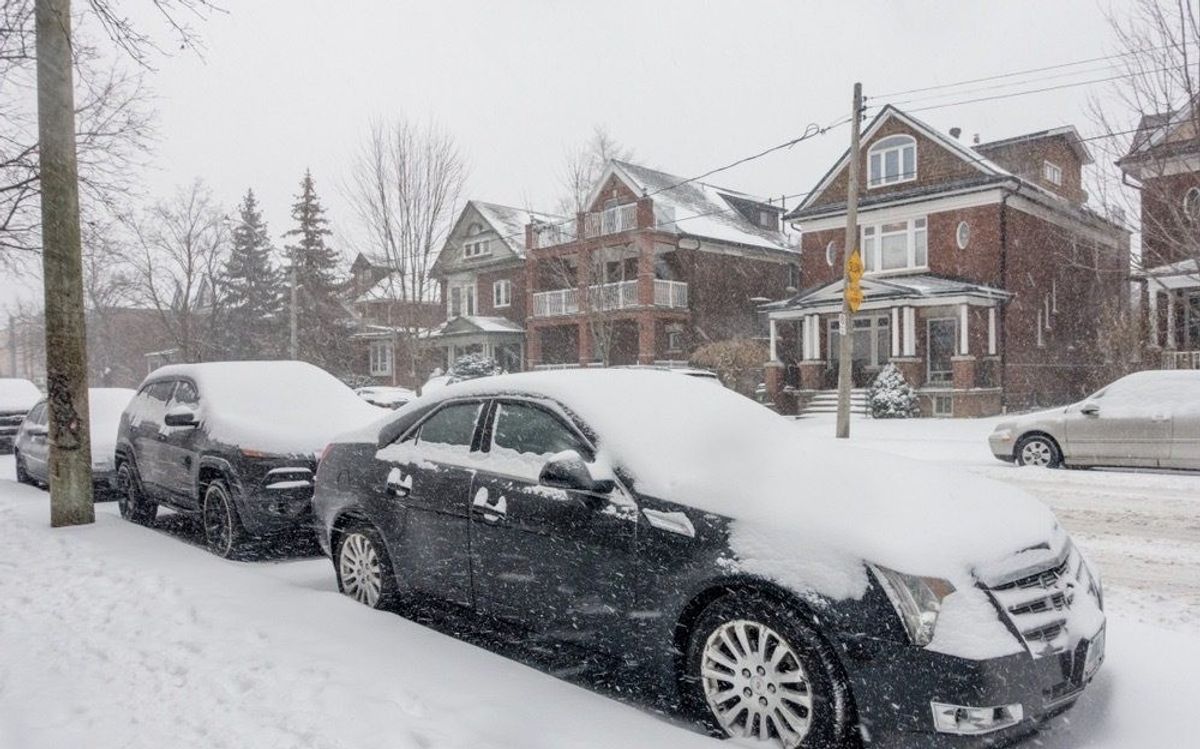Those keeping an eye on the bond market have noted an ominous phenomenon as of late; the yields offered by benchmark short term debt are now higher than that of long-term, known as an inverted yield curve -- and that's a historically accurate predictor of a recession.
Yesterday’s two-year government bond yield closed at 3.81%, a full 100 basis points above the 2.81% yield offered by the 10-year bond. That’s the widest gap seen between the two since the early 1990s, right before the three-year economic slowdown that defined the early aughts took hold.
When these two yields -- referred to on Bay Street as the “10s and 2s” -- invert, it signifies growing anxiety among investors and pessimism for the short-term economic picture. They instead pile their money into longer-term debt in hopes of riding out immediate volatility, pushing the 10-year yield down while inflating the two-year. In a healthy economic climate, short-term debt is always priced lower than long term.
This negative investor sentiment is like the canary in the coal mine; a yield curve inversion has occurred before every recession since 1980. It’s also likely to be a consideration in tomorrow’s Bank of Canada rate announcement.
READ: More Rate Pain Promised in Last Bank of Canada Hike of the Year
According to a research note titled “The Curves of Tightening Past” written in April by BMO Economics Deputy Chief Economist Michael Gregory, the signal has a 75 - 80% accuracy rate, with only one false positive result recorded in June 1998. That was “the briefest and near-smallest possible inversion, just one month averaging -2 bps followed by zero in July,” writes Gregory. That wasn’t enough to sustain the inversion from a monthly average perspective, and the economy chugged along as per the status quo.
Of course, today’s economic picture is drastically different than that of the late '90s. Spiking inflation and a strong labour market have indicated a robust post-pandemic recovery, but cracks are showing. Consumer spending power has taken a severe hit due to higher prices for everything from groceries to gas, while the Bank of Canada’s aggressive rate hiking cycle has dramatically chilled the housing market. The latter is notable -- residential investment accounted for 10% of all of the nation’s GDP in 2021, but growth plummeted 15.4% in the third quarter of this year.
There’s no doubt pain is being felt at the consumer level; household consumption fell -1% in Q3, for the first time since Q2 2021. Combined with the decline in resale residential activity, domestic demand is down by 0.6% -- the first economic decrease recorded since the second quarter of last year.
READ: Are We Headed for a 90s-Style Recession?
This could all drive the argument that the BoC need not crank rates too much higher, opting for a 25-basis-point increase tomorrow rather than a heftier half-point bump.
However, the latter could be supported by the stronger-than-expected GDP reading that came in this month; according to Statistics Canada, the growth measure hit 2.9% last quarter -- double that of the 1.5% forecast by the Bank of Canada in their last Monetary Policy Report. Jobs data also came in stronger than forecast in October, with over 100,000 positions created across the nation.
Given the central bank has been vocal about the need to slow the economy before it can wind down its hiking cycle, there may just be a half-point hike in the cards, after all. One thing is certain for borrowers, however -- interest rates will be on the rise, once again.





















